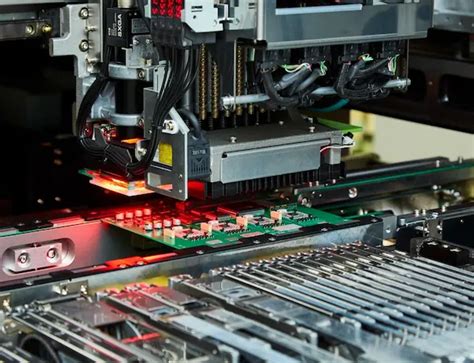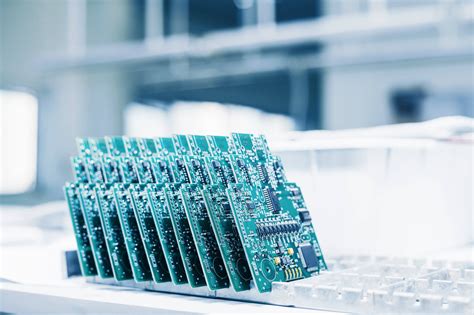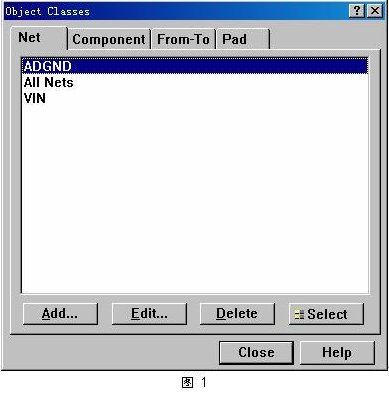Quick Turn PCB Assembly: Accelerating Electronics Innovation

Key Takeaways
Modern PCB assembly (PCBA) processes have become pivotal in accelerating electronics development cycles. By integrating rapid prototyping with precision manufacturing, engineers can validate designs within days rather than weeks, reducing iterative delays. For instance, quick-turn PCBA services enable functional testing of complex circuits at speeds unmatched by traditional methods, ensuring design flaws are identified early.
"The ability to iterate rapidly without compromising quality is no longer optional—it’s a competitive necessity," notes a senior electronics engineer at a leading IoT firm.
A comparison of traditional vs. quick-turn PCB assembly highlights critical advantages:
| Factor | Traditional PCBA | Quick-Turn PCBA |
|---|---|---|
| Prototyping Time | 4–6 weeks | 3–7 days |
| Production Flexibility | Low | High |
| Revision Cycle Cost | $2,000+ | $500–$1,000 |
This agility directly correlates with faster time-to-market, particularly for industries like medical devices or automotive tech, where regulatory compliance and high-quality solutions are non-negotiable. By streamlining workflows—from design verification to final PCB assembly—teams mitigate risks while maintaining manufacturing precision.
Pro Tip: Prioritize suppliers offering end-to-end traceability in PCBA to ensure consistency across prototypes and mass production.
Ultimately, the shift toward quick-turn assembly isn’t just about speed—it’s about creating a responsive innovation pipeline. Optimized processes reduce bottlenecks in component sourcing and testing, allowing engineers to focus on performance enhancements rather than logistical hurdles.
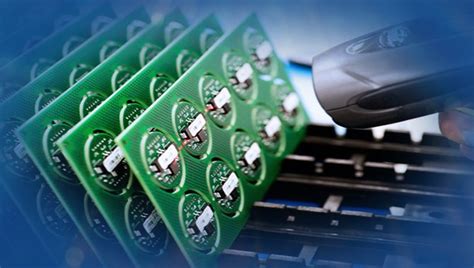
Rapid PCB Prototyping Accelerates Innovation
The ability to iterate designs rapidly lies at the heart of modern electronics development. PCB assembly services that prioritize speed without compromising quality enable engineers to test concepts, identify flaws, and refine functionalities in days rather than weeks. By integrating quick turn PCBA processes, teams can produce functional prototypes with near-production-level accuracy, reducing the risk of costly redesigns later. Time-to-market pressures demand this agility, particularly in industries like IoT, automotive, and wearable technology, where even minor delays can impact competitive positioning.
Advanced PCB assembly workflows leverage automated optical inspection (AOI) and surface-mount technology (SMT) to ensure prototypes meet stringent performance criteria. This precision not only accelerates validation but also builds confidence in transitioning from prototyping to full-scale production. For startups and established firms alike, the synergy between rapid prototyping and quick turn PCBA translates to faster innovation cycles, allowing businesses to respond dynamically to market demands or emerging technological trends. The result? A streamlined path from concept to commercialization, where speed and reliability coexist to drive breakthroughs in electronics design.
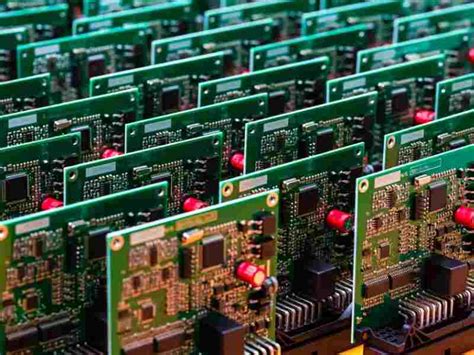
Precision Manufacturing for Reliable PCBs
Modern PCB assembly processes rely on advanced manufacturing techniques to ensure consistent quality and performance. Precision begins with automated solder paste application and component placement systems, which achieve micron-level accuracy for complex designs. These systems minimize human error while accommodating high-density interconnects (HDIs) and fine-pitch components critical for compact electronics. Rigorous quality assurance protocols, including AOI (Automated Optical Inspection) and X-ray verification, detect microscopic defects in PCBA outputs, from solder joint integrity to trace alignment.
To enhance reliability, manufacturers employ controlled-environment production lines that regulate temperature, humidity, and electrostatic discharge. This is particularly vital for PCB assembly involving sensitive components like microcontrollers or RF modules. Material selection further reinforces durability, with high-Tg laminates and ENIG (Electroless Nickel Immersion Gold) surface finishes ensuring thermal stability and corrosion resistance.
By integrating these methodologies, quick-turn PCBA services maintain traceability across batches without compromising speed. Real-time data analytics enable rapid adjustments during fabrication, aligning with iterative design requirements. This synergy between precision engineering and agile workflows allows innovators to scale prototypes to production seamlessly, reducing rework risks and accelerating functional validation.
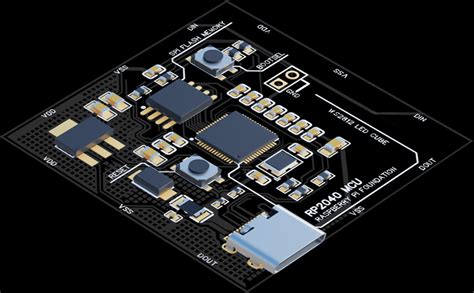
Streamlining Production with Quick Turn PCBs
Modern electronics development demands agility, and quick turn PCB assembly services are pivotal in eliminating bottlenecks across production workflows. By compressing PCB assembly timelines from weeks to days, manufacturers gain the flexibility to iterate designs rapidly while maintaining rigorous quality standards. A core advantage lies in synchronizing design validation with testing phases, allowing engineers to identify and resolve issues early—reducing costly rework downstream.
Advanced PCBA providers optimize supply chain coordination, sourcing components efficiently to avoid delays. Automated manufacturing processes, such as surface-mount technology (SMT) and precision soldering, further accelerate throughput without compromising reliability. This approach not only shortens lead times but also enables seamless scaling from prototyping to full-scale production. For startups and established firms alike, the ability to pivot quickly—whether adapting to component shortages or integrating last-minute design tweaks—strengthens market responsiveness.
Moreover, quick turn PCBs simplify compliance with industry certifications by ensuring traceability and consistency across batches. The integration of real-time progress tracking tools empowers teams to monitor assembly stages transparently, aligning stakeholder expectations with project milestones. As a result, businesses can allocate resources more strategically, focusing on innovation rather than logistical hurdles—a critical advantage in industries where time-to-market dictates competitive success.

Quick PCB Assembly Reduces Time-to-Market
In today’s fast-paced electronics industry, quick-turn PCB assembly serves as a critical enabler for reducing product development cycles. By integrating rapid prototyping with PCBA (printed circuit board assembly) processes, companies can transition from design validation to mass production in days rather than weeks. This acceleration directly impacts time-to-market, allowing businesses to capitalize on emerging opportunities before competitors. Advanced PCB assembly workflows leverage automated component placement and real-time quality checks, ensuring precision while maintaining speed.
The synergy between design-for-manufacturability (DFM) principles and quick-turn PCBA eliminates bottlenecks traditionally associated with iterative testing. For instance, engineers can validate circuit functionality, thermal performance, and signal integrity within compressed timelines, enabling faster design refinements. Moreover, streamlined logistics networks ensure just-in-time delivery of components, further compressing lead times.
By adopting PCB assembly services optimized for speed, companies not only meet aggressive launch deadlines but also reduce opportunity costs linked to delayed market entry. This approach aligns with modern demands for agile electronics development, where shorter iteration cycles translate to sustained competitive advantage.
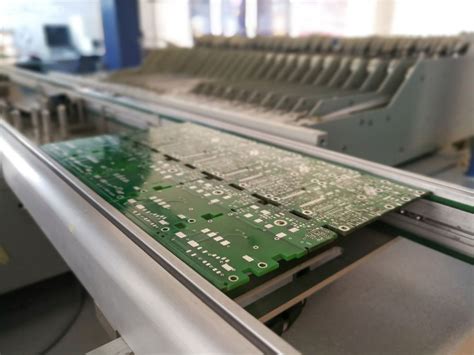
High-Quality Solutions for Electronics Development
Modern electronics development demands PCB assembly processes that prioritize both speed and precision. By integrating advanced design validation techniques and automated PCBA workflows, manufacturers ensure consistent quality while addressing complex technical requirements. High-performance solutions begin with rigorous material selection, leveraging industry-grade substrates and components that meet IPC-A-610 standards for reliability.
A critical advantage of quick-turn PCB assembly lies in its ability to maintain zero-defect targets even under accelerated timelines. Partnering with certified PCBA providers enables engineers to implement real-time quality checks, including automated optical inspection (AOI) and X-ray verification, to eliminate assembly errors before prototyping. This approach ensures seamless compatibility with surface-mount technology (SMT) and mixed-technology boards, reducing post-production revisions.
For R&D teams, these solutions translate to faster iteration cycles without compromising on functional integrity. Advanced thermal management systems and impedance-controlled routing further enhance performance in high-frequency or power-intensive applications. By aligning PCB assembly timelines with agile development frameworks, companies can systematically address design flaws early, paving the way for scalable, market-ready products. Such precision-driven methodologies not only optimize resource allocation but also reinforce long-term competitiveness in dynamic electronics markets.
Electronics Innovation Through Efficient Assembly
Efficient PCB assembly processes serve as the backbone of modern electronics development, enabling engineers to transform conceptual designs into functional devices with unprecedented speed. By integrating advanced automation and optimized workflows, quick-turn PCBA services eliminate traditional bottlenecks in prototyping and testing phases. This acceleration allows development teams to iterate on circuit designs 30-40% faster compared to conventional methods, ensuring alignment with evolving technical requirements and market demands.
The synergy between precision manufacturing and rapid-turn capabilities ensures that even complex multilayer boards meet stringent quality standards while adhering to tight deadlines. For instance, automated optical inspection (AOI) systems paired with surface-mount technology (SMT) reduce human error rates below 0.01%, maintaining reliability without sacrificing pace. Such efficiency directly translates to shorter R&D cycles, empowering startups and enterprises alike to validate innovations—from IoT sensors to AI-driven hardware—within weeks rather than months.
Moreover, streamlined PCB assembly workflows enhance resource allocation, allowing engineers to focus on performance optimization rather than logistical coordination. This strategic shift not only accelerates time-to-market but also fosters a culture of continuous improvement in electronics design. As industries increasingly prioritize agility, scalable PCBA solutions are becoming indispensable for maintaining competitive advantage in sectors ranging from medical devices to renewable energy systems.
Optimizing PCB Processes for Faster Launches
Achieving rapid product launches in electronics demands meticulous optimization of PCB assembly workflows. By focusing on process refinement, manufacturers can eliminate bottlenecks that traditionally delay prototyping and production. Key strategies include integrating advanced design for manufacturing (DFM) checks early in development, which ensures designs are optimized for PCBA efficiency. Automated optical inspection (AOI) systems and precision soldering technologies further enhance accuracy, reducing rework cycles by up to 40% in critical stages.
Another critical factor is synchronizing material procurement with assembly timelines. Partnering with suppliers that offer just-in-time component delivery minimizes inventory delays, enabling seamless transitions from prototyping to full-scale production. Additionally, leveraging modular PCB assembly platforms allows engineers to test multiple design iterations swiftly, accelerating validation phases.
For industries prioritizing speed, adopting agile manufacturing frameworks ensures flexibility in scaling operations. This approach aligns with quick turn PCBA services, which compress lead times without compromising quality. By streamlining workflows—from schematic design to final testing—companies can reduce time-to-market by 30-50%, securing a competitive edge in fast-paced markets. The result is a harmonized production ecosystem where innovation thrives alongside operational precision.
Quick Turn PCBs Enhance Market Competitiveness
In today’s fast-paced electronics industry, the ability to rapidly iterate and deploy products is a critical differentiator. Quick turn PCB assembly services enable companies to compress development timelines while maintaining rigorous quality standards, directly strengthening their position in competitive markets. By leveraging accelerated prototyping and PCBA workflows, businesses can test design concepts, identify potential flaws, and implement refinements within days rather than weeks. This agility not only reduces time-to-market but also allows organizations to capitalize on emerging trends before competitors establish dominance.
Advanced PCB assembly providers combine automated manufacturing processes with precision testing protocols, ensuring that high-volume production runs meet exacting performance criteria. The integration of real-time collaboration tools further streamlines communication between design teams and fabrication partners, minimizing delays caused by revisions or specification mismatches. For startups and established enterprises alike, the reliability of quick turn PCBA translates into faster customer feedback loops and improved resource allocation—key drivers of long-term market relevance.
As industries from IoT to automotive electronics demand shorter innovation cycles, adopting quick turn PCB solutions becomes a strategic necessity. Companies that prioritize speed without compromising on quality gain measurable advantages, from strengthened client relationships to enhanced adaptability in fluctuating markets. This operational efficiency ultimately positions businesses to lead rather than follow, transforming PCB assembly from a logistical step into a cornerstone of competitive strategy.
Conclusion
The evolution of PCB assembly technologies has fundamentally transformed how industries approach electronics development. By prioritizing speed without compromising precision, quick turn PCBA services enable engineers to iterate designs rapidly, test concepts in real-world conditions, and refine products with unprecedented agility. This acceleration is not merely about meeting deadlines—it’s about fostering a culture where innovation thrives through shorter feedback loops and data-driven refinements.
As demonstrated across industries, the integration of high-quality PCB assembly into development workflows reduces risks associated with prototyping while ensuring manufacturability at scale. Companies leveraging streamlined production cycles gain a critical edge in launching products that align with market demands faster than traditional methods allow. Ultimately, the strategic adoption of quick turn PCBA doesn’t just optimize timelines—it redefines competitive boundaries, empowering businesses to lead in an era where technological advancement waits for no one.
Frequently Asked Questions
How does quick turn PCB assembly differ from standard services?
Quick turn PCB assembly prioritizes compressed timelines without compromising quality, typically delivering prototypes or small batches within 5-7 days. Standard services often require 2-4 weeks, making PCBA solutions ideal for iterative design phases or urgent market launches.
What industries benefit most from rapid PCB prototyping?
Industries like medical devices, IoT, and automotive rely on quick turn PCB assembly to test innovations swiftly. Accelerated PCBA cycles allow engineers to validate designs faster, reducing development risks and aligning with dynamic market demands.
Can quick turn services handle complex multilayer boards?
Yes, advanced providers combine PCB assembly expertise with automated equipment to manage high-density interconnects (HDIs) and multilayer configurations. Precision manufacturing ensures reliability, even for high-frequency or flexible PCB designs.
How do you ensure quality in expedited production cycles?
Reputable PCBA partners implement rigorous testing protocols, including automated optical inspection (AOI) and functional testing. Streamlined workflows maintain quality control while meeting tight deadlines, ensuring boards meet industry certifications like IPC-A-610.
What design considerations optimize quick turn success?
Submit error-free Gerber files, specify material preferences (e.g., FR-4 or Rogers), and clarify testing requirements upfront. Proactive communication with your PCB assembly partner minimizes revisions and accelerates turnaround.
Accelerate Your Next Project with Expert Support
Ready to streamline your electronics development? Click here to explore tailored quick turn PCB assembly solutions designed to meet your innovation timeline.

